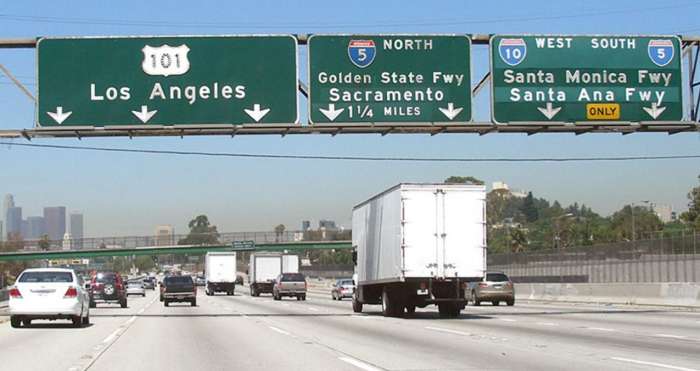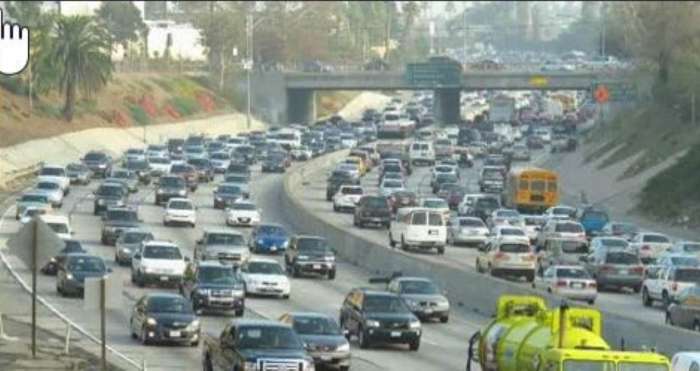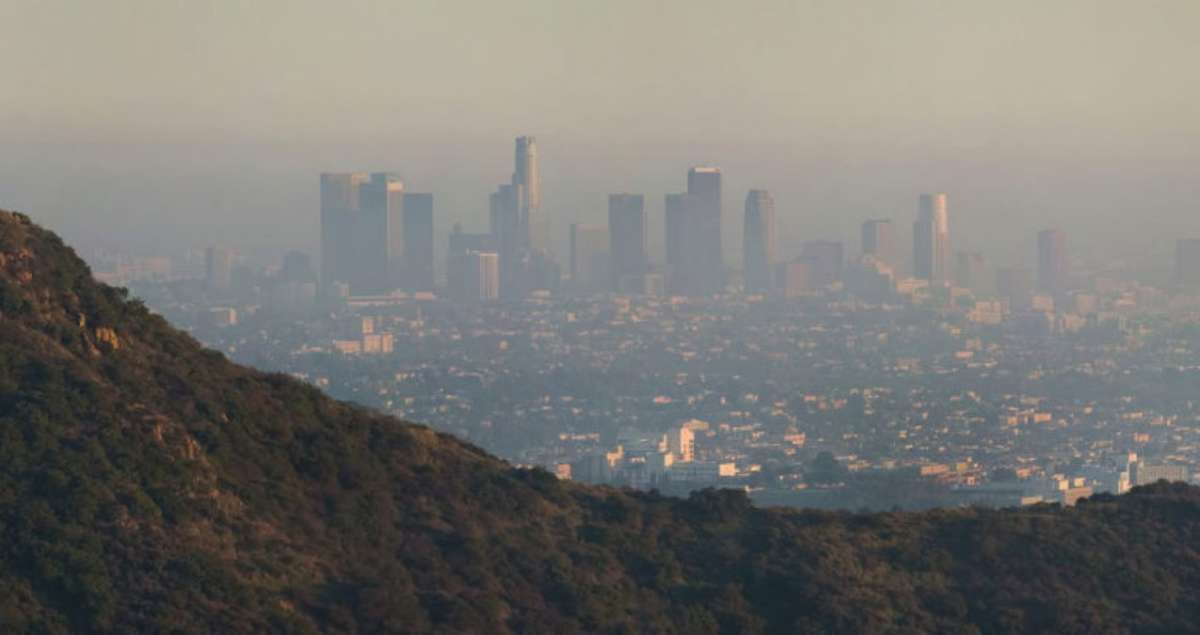By Eric C. Evarts
With the world’s attention focused on combating the coronavirus, the EPA on Tuesday released new emissions regulations that will undo scheduled fuel-economy increases a decade in the making aimed at curbing global warming.
The move by the Trump administration is designed to rescind President Obama’s signature environmental program. In the process, however, it is likely to bog the U.S. auto industry down in years of uncertainty over fuel-economy requirements and to sideline American companies in the quest to develop the next generation of automotive technology.
The new rules would supersede planned 5 percent per year fuel economy increases through 2025 with increases of about 1.5 percent per year through 2026, resulting in fuel economy of about 40.5 mpg—a scant increase from today’s cars.
California and at least 23 other states have already sued the EPA preemptively over the new regulations. In setting the existing rules after the financial crash of 2008 and the government bailouts of
At issue is to what degree should automakers who sell cars in the U.S. be required to add electric-vehicle technology to their lineups.

California, which has maintained the right to set its own emissions standards since 1967, has required automakers to produce electric cars to sell in the state since 2010 and has had such requirements on its books since 1993.
When the Obama administration developed the new rules, in response to gas price spikes in 2008, in coordination among California and the two federal agencies that govern fuel-economy and emissions requirements, the National Highway Traffic Safety Administration (NHTSA) and the EPA. Fuel economy became directly tied to emissions regulations when the Supreme Court ruled in 2007 that the EPA needed to regulate carbon-dioxide as a pollutant to combat global warming. Unlike other chemicals in vehicle exhaust, there is no way to scrub CO2. The only way for cars to produce less of it is to burn less gas.
The regulations, launched in 2012, marked the first time that the NTHSA and the EPA worked together to set fuel economy standards.
In addition to suing the Trump administration, California has said it will not follow the new standards but will continue to require automakers to meet the previous requirements for cars sold in the state and will continue to require automakers to sell electric cars there. Under current law, other states can choose to follow California’s rules instead of the EPA’s, as 13 other states have done. The resulting legal imbroglio is likely to mire automakers in years of court battles with uncertain outcomes, even as they are currently making plans for the cars designed to be sold in 2025 around the country.
Within days after President Trump was elected, the automakers met with the new President to lobby to loosen the standards, arguing that certain loopholes still created small discrepancies between the EPA’s, NHTSA’s, and California’s standards, and that meeting the standard would raise prices of new cars by requiring automakers to invest an additional $30 billion a year in new technology to meet the standards.
In last year’s initial proposal, the administration argued that the rules raised priced of new cars by $1,850 on average, and in so doing would cause more consumers to hang onto older cars longer. Those older cars, it said are less safe than newer models, because many of them lack the latest safety equipment such as automatic emergency braking.
That argument is widely disputed, however. In a statement responding to that proposal, the CEO of the conservative lobbying organization Securing America’s Future Energy, Robbie Diamond said, “The federal government’s own data shows that when managed properly for vehicle footprints, lightweighting and fuel economy rules don’t undermine highway safety.” Reducing fuel economy requirements, he said, “hurts American families and businesses, it burdens our armed forces, it boosts the trade deficit, [and] makes our automotive industry less competitive.”

The rollback sets the U.S. on a decidedly different course than other automaking regions around the world. Europe and China are both dramatically tightening emissions standards for CO2 and setting high requirements for electric-vehicle sales. (Electric cars produce significantly less CO2 per mile on average, because they use only about a third the energy of an average gasoline-powered car.)
If U.S. automakers are not prepared to meet those requirements, they will face diminishing access to overseas markets and increasingly limited influence.
The $30 billion a year that American automakers spend on new technology translates into 89,000 potential high-tech jobs in the U.S. auto industry, and the rollback could affect as many as 288,000 workers in 1,200 facilities that develop or build high-tech parts, according to the BlrueGreen Alliance, an environmental lobbying organization. In its 2008 report, the Alliance said, improving fuel efficiency is rebuilding American manufacturing. “The administration is adding insult to injury for American workers by moving forward to gut standards that have consistently strengthened manufacturing and job growth across the nation,” says Zoe Lippman, the organization’s Director of Vehicles and Advanced Transportation.
The man hubs for automaking around the world are Europe, the U.S., and Asia—Japan, Korea, and increasingly, China. Other regions produce some cars locally, but sell very few abroad and have little impact globally: Australia, Brazil, India, and Eastern Europe. The U.S. has been the historic hub of automaking and car culture. With this move, as one observer has put it recently, the U.S. is going to look a lot more like Australia.
With the Corona virus this month, traffic in LA has vanished, and smog along with it. But once the virus has run its course, traffic is expected to come roaring back. And it will take significantly cleaner cars to keep the skies anywhere near as clean as they are this week.
Eric Evarts has been bringing topical insight to readers on energy, the environment, technology, transportation, business, and consumer affairs for 25 years. He has spent most of that time in bustling newsrooms at The Christian Science Monitor and Consumer Reports, but his articles have appeared widely at outlets such as the journal Nature Outlook, Cars.com, US News & World Report, AAA, and TheWirecutter.com and Fortune Magazine. He can tell readers how to get the best deal and avoid buying a lemon, whether it’s a used car or a bad mortgage. Along the way, he has driven more than 1,500 new cars of all types, but the most interesting ones are those that promise to reduce national dependence on oil, and those that improve the environment. At least compared to some old jalopy they might replace. Please, follow Eric on Twitter, Facebook and LinkedIn.






Comments
It is disappointing, being
Permalink
It is disappointing, being another step backwards from having a cleaner future. I am glad that California and other states have defied this move. But unfortunately, lower gas prices and a stalled economy will combine with this short-sighted, conservative thinking to slow the growth of EVs in the U.S.